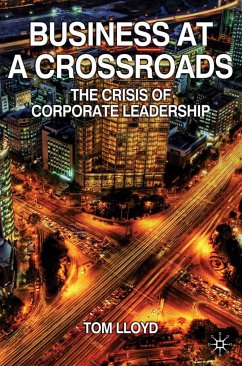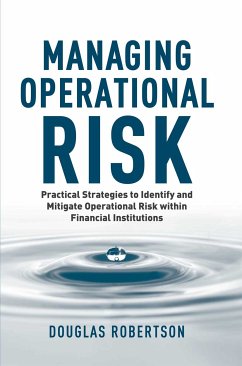
Teaching about the Future (eBook, PDF)
Versandkostenfrei!
Sofort per Download lieferbar
128,95 €
inkl. MwSt.
Weitere Ausgaben:

PAYBACK Punkte
64 °P sammeln!
The faculty at the University of Houston's program in Futures Studies share their comprehensive, integrated approach to preparing foresight professionals and assisting others doing foresight projects. Provides an essential guide to developing classes on the future or even establishing whole degree programs.
Dieser Download kann aus rechtlichen Gründen nur mit Rechnungsadresse in A, B, BG, CY, CZ, D, DK, EW, E, FIN, F, GR, HR, H, IRL, I, LT, L, LR, M, NL, PL, P, R, S, SLO, SK ausgeliefert werden.












